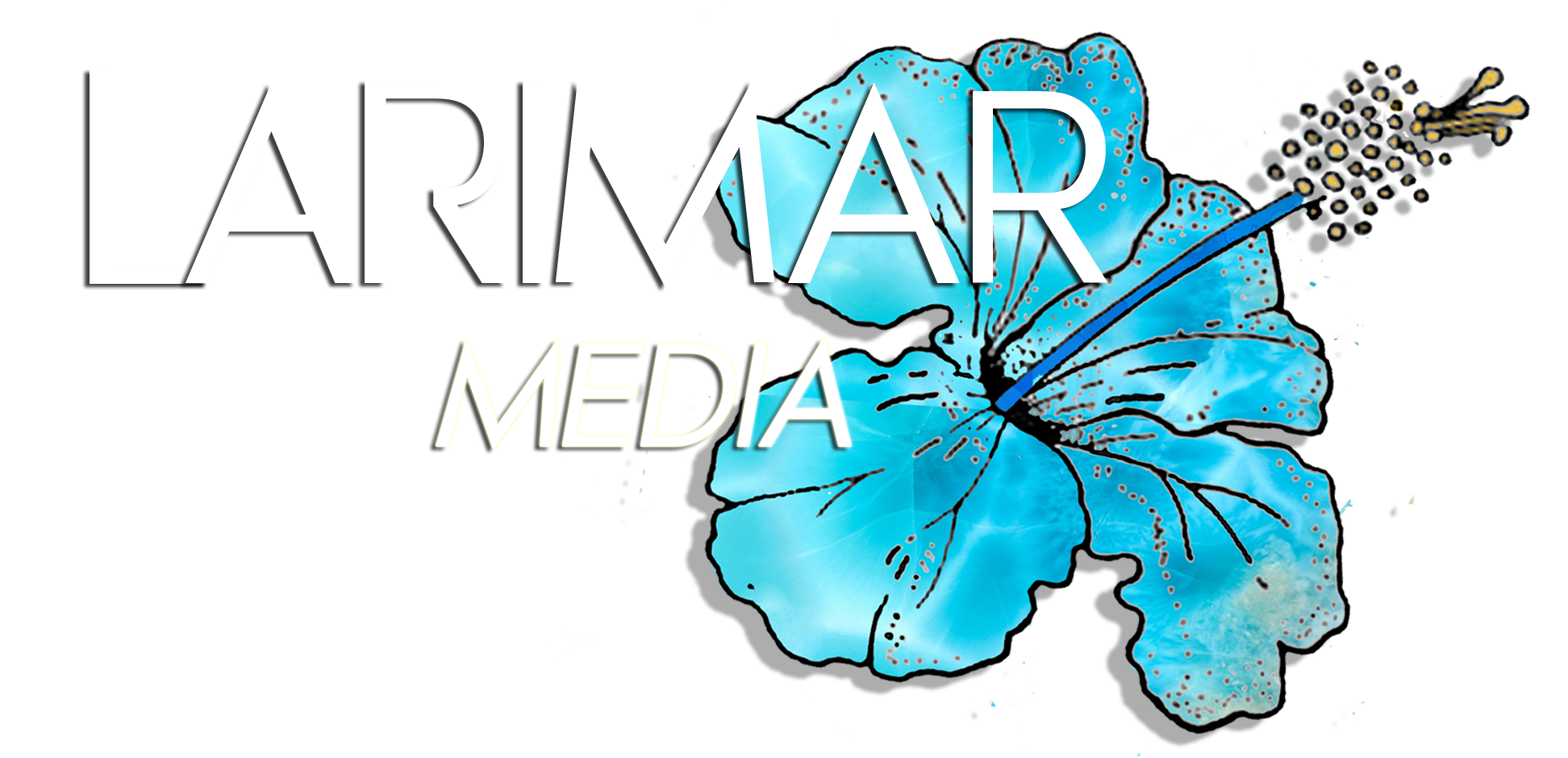
Coming into 1997, the Notorious B.I.G. was the undisputed best rapper alive, and wore the crown as the “King of New York.” After a successful, multi-platinum debut with Ready to Die (1994), the Brooklyn-native was poised to have his biggest year ever. However, as we all know, his run was cut short after being murdered on March 9th of that year, rocking the Hip-Hop world to the core. Despite this tragedy, fans still had a gift on the way. That gift was his upcoming double album, Life After Death.
The album was a massive success both commercially and critically, eventually being certified diamond. It was a true testament to Biggie’s talent and proved that his reign as the best rapper was primed to continue. What made this album so great? Let’s discuss…
The album begins where Ready to Die left off — literally. The intro interlude plays the ending of Ready to Die’s final track, “Suicidal Thoughts,” which ends with Biggie killing himself while on the phone with Puff Daddy. After his “death” on the track, Life After Death serves as a continuation of the Ready to Die as he keys in his focus on the reality of death. If that was not apparent, the album’s first track is titled “Somebody’s Gotta Die.” There are other tracks on the album with references to death, including the RZA-produced “Long Kiss Goodnight” — often speculated to be about 2Pac, who was killed only six months earlier — and the album’s the final track, “You’re Nobody (Till’ Somebody Kills You)”.
While it was obviously a theme, it was not an album full of gloomy tales of death. In fact, it showcased more luxury and flashiness than Ready to Die, showing his progression as a superstar in rap. Smash hits like “Hypnotize” and “Mo Money Mo Problems,” featuring his Bad Boy cohorts, Ma$e and Puff Daddy, perfectly captured the lavish lifestyle Biggie grew into. Both tracks shot to number one on the Billboard Hot 100 with “I Love the Dough,” featuring fellow Brooklyn-born MC, Jay-Z, serving as another track that vividly captures the newfound success and riches Biggie found.
“Going Back to Cali” was a West Coast ode that put the listeners on a first-class trip to Los Angeles. It was evident that Biggie had no reservations about the West Coast despite the tension stemming from the infamous “East Coast vs. West Coast” beef. While the Easy Mo Bee produced track is fantastic, it is hard to ignore the fact that he was murdered while promoting his album in Los Angeles.
While the album had a wider subject range than Ready to Die, Biggie did not leave the hardcore, nihilistic tracks behind. “What’s Beef” is a track filled with the harsh realities of being in rap beefs and the potential consequences they entail. It is an eerie track to listen to, as his death is generally accepted to be a result of 2Pac’s murder. Coincidentally, Biggie addresses multiple feuds that he had with Nas, Ghostface Killah, Raekwon and Jeru the Damaja on “Kick in the Door.” Each of the MC’s had taken jabs at Biggie, which of course could not go unnoticed. He even dissed the producer of the track, the legendary DJ Premier, for his involvement with Jeru the Damaja. Biggie was determined to lyrically eliminate all competition on this track, which is one of his most powerful ever.
“Last Days” was another track where Biggie tapped back into his darker side and was accompanied by the LOX, who signed to Bad Boy less than a year earlier. The chemistry between the new group and the hottest rapper in the world was evident. It is a true shame that we were unable to see more of their collaborations in the future.
One of the most eye-opening skills Biggie possessed was his ability to tell stories. In “I Gotta Story to Tell,” Biggie vividly details having sex with a woman who is dating a member of the New York Knicks. According to Fat Joe, this was a true story, and the player was the late Anthony Mason. Biggie turned this track into a movie, as he has done several times before. On “Ten Crack Commandments,” Biggie takes us to the streets and cleverly explains ten essential rules that he learned from his experiences dealing drugs. “Miss U” is an emotional ballad that pays tribute to some of the friends Biggie lost in the years prior. While Biggie can be playful and witty, this showcased his ability to tug at the heart of listeners by expressing the pain he has experienced.
In my opinion, the two best songs on Life After Death are “Notorious Thugs,” featuring Bone Thugs-N-Harmony and “Sky’s the Limit” featuring 112. Produced by Stevie J., who produced multiple songs on the album, “Notorious Thugs” is six minutes of supreme rapping. Biggie adopts the flow made famous by Bone Thugs, which is sped-up and outside of what Biggie normally did. Biggie’s experimentation proved that he could truly do anything on the mic and set him apart from the rest of the game making it quite easily the most unique song on the album. While Biggie stepped into the Cleveland rap group’s lane, it is important to note that Bone Thugs-N-Harmony all delivered superb verses as well.
“Sky’s the Limit,” produced by Clark Kent, is a beautiful track that explains the “rags to riches” cliché that Biggie went through. Each verse describes a different time in his life—his childhood, adolescence, and his newfound success from rap. The hook from 112 is something of a victory lap from Biggie, who is clearly grateful to have made it out of poverty and hardships. To me, this song is the epitome of Hip-Hop. The calming beat is laced by honest lyrics describing someone who has overcome the odds and has no intentions of slowing down.
25 years later, Life After Death is seen as a victory lap from Biggie, being the last studio album we ever got from him. The album was a massive critical and commercial success, it was certified diamond, and was also ranked 179th in the Rolling Stone 500 Greatest Albums of All Time. Biggie’s legacy is one of the most celebrated in Hip-Hop and he will always be remembered as one of the greatest MC’s to ever live. Life After Death is an essential part of his legacy and will live on for eternity. For that, we say, Thank you, Big.

